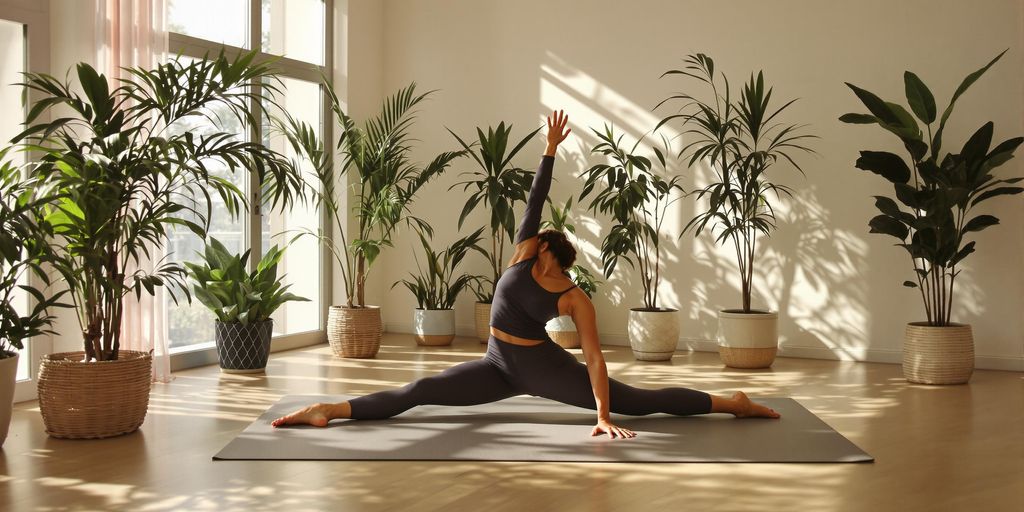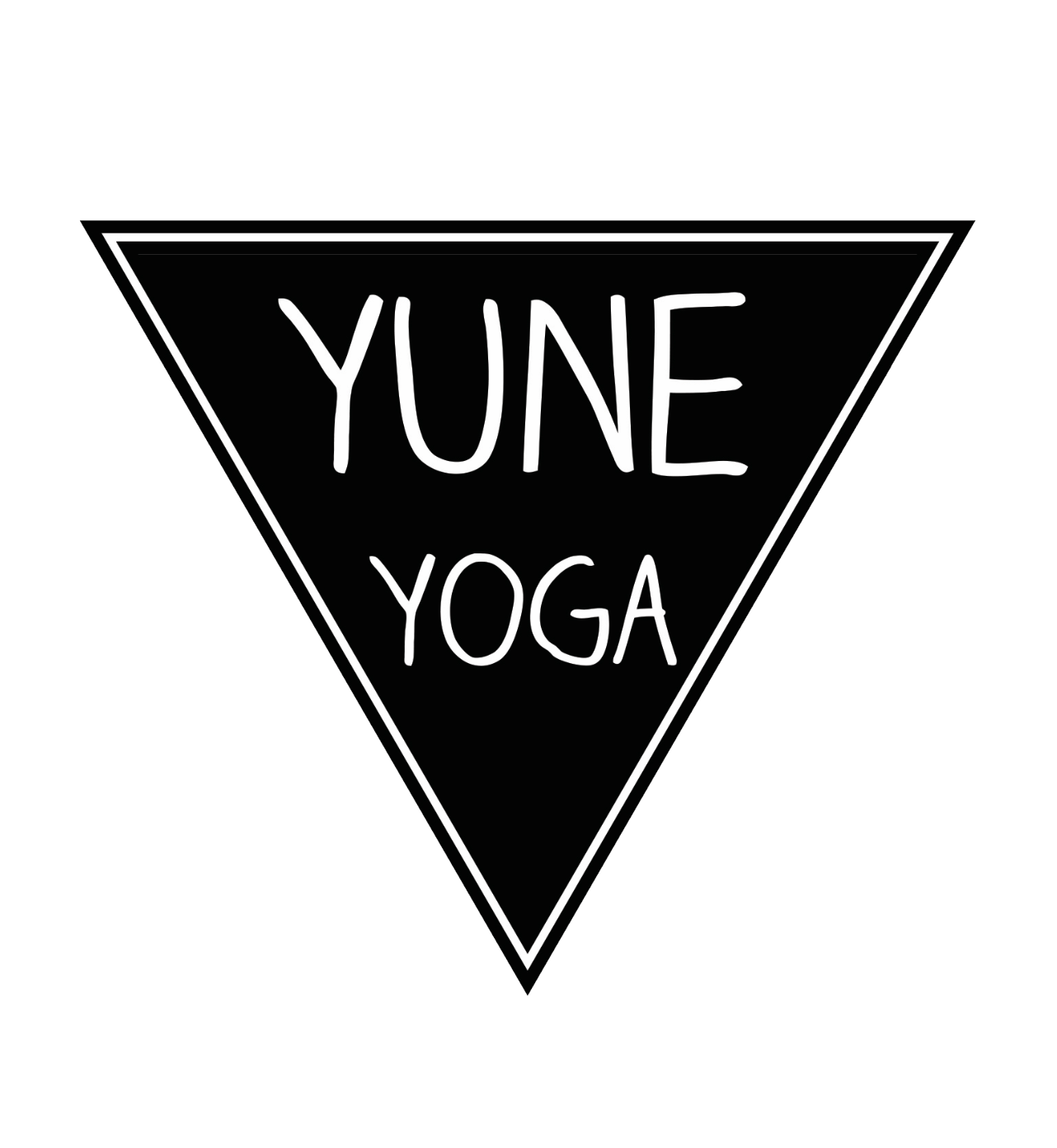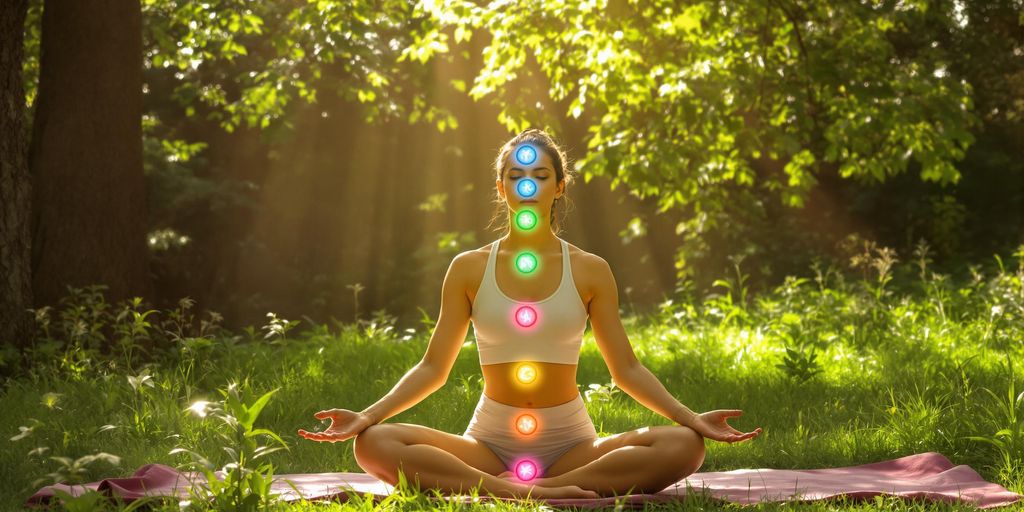
Mastering Your Position in Yoga: A Comprehensive Guide to Essential Poses
Yoga is more than just a workout—it's a way to connect with your body, mind, and spirit. Whether you're brand new or have been practicing for years, refining your position in yoga is key to unlocking its many benefits. This guide breaks down poses for every level, from beginner to advanced, and explores how breathing and mindfulness tie it all together. Let's roll out the mat and dive in.
Key Takeaways
- Yoga is not just physical; it blends body, breath, and mind.
- Beginner poses like Mountain Pose help you build a strong foundation.
- Intermediate poses challenge your balance and flexibility.
- Advanced poses test strength and focus, requiring patience and practice.
- Consistency and mindful breathing are essential for improving your yoga positions.
Foundational Yoga Poses for Beginners
Mountain Pose for Stability
The Mountain Pose, or Tadasana, is where it all begins. This pose might look simple, but it lays the groundwork for balance and posture in yoga. Stand tall with your feet together, arms relaxed at your sides, and shoulders drawn back. Engage your thighs and core while rooting your feet into the ground. This pose helps you feel grounded and improves your overall body awareness. It's a great way to start your practice and connect with your breath.
Child’s Pose for Relaxation
Child’s Pose, or Balasana, is a go-to for relaxation and stretching. Sit back on your heels, stretch your arms forward, and rest your forehead on the mat. This pose gently stretches your hips, thighs, and spine while calming your mind. Use it as a resting pose whenever you need a break during your practice. For added comfort, you can place a pillow under your chest or knees.
Downward Dog for Flexibility
Downward Dog, or Adho Mukha Svanasana, is a classic yoga pose that stretches the entire body. Start on your hands and knees, then lift your hips up and back, forming an inverted V-shape. Keep your hands shoulder-width apart and your feet hip-width apart. This pose stretches your hamstrings, calves, and shoulders while building upper body strength. If your heels don’t touch the mat, don’t worry—it’s all part of the journey.
Intermediate Yoga Poses to Enhance Your Practice

Balancing Poses for Core Strength
Balancing poses are where focus meets strength. They challenge your ability to stay steady while engaging your core and lower body. Warrior III (Virabhadrasana III) is a standout here—it strengthens your legs, tones your core, and demands laser-sharp concentration. Another great option is Tree Pose (Vrikshasana), which helps develop your balance and strengthens your ankles. These poses not only improve physical stability but also train your mind to stay calm under pressure.
Twisting Poses for Detoxification
Twisting poses are like a reset button for your body. They compress and release the abdominal area, which can support digestion and even boost your metabolism. Marichyasana I (Sage Marichi Pose) is a fantastic example. It stretches your spine and shoulders while massaging your internal organs. Twists also encourage spinal flexibility, making them a must for anyone looking to feel refreshed and realigned.
Seated Forward Bends for Hamstring Stretch
Seated forward bends are perfect for stretching the hamstrings and calming the mind. Paschimottanasana (Seated Forward Bend) is a classic pose that not only lengthens the back of your legs but also promotes relaxation. These poses are great for counteracting the tightness that comes from sitting all day. Remember to keep your spine elongated and avoid rounding your back as you fold forward.
Advanced Yoga Poses for Mastery
Arm-Balance Poses for Strength
Arm-balance poses are where strength meets focus. These poses demand strong arms, a stable core, and steady concentration. If you’re ready to challenge yourself, here are three to try:
- Firefly Pose (Tittibhasana): Builds strength in your arms, wrists, and lower back while improving your flexibility.
- Peacock Pose (Mayurasana): A detoxifying pose that requires core strength and stable wrists.
- Side Crow Pose (Parsva Bakasana): Strengthens your obliques and tests your ability to balance.
Each of these poses will push your limits and leave you feeling both accomplished and resilient.
Deep Backbends for Flexibility
Deep backbends are as beautiful as they are beneficial. They help open up the chest, improve spinal flexibility, and counteract the effects of sitting all day. Here are a few to add to your practice:
- King Pigeon Pose (Kapotasana): A deep stretch for your hip flexors and shoulders, while also expanding lung capacity.
- Wheel Pose (Urdhva Dhanurasana): A classic backbend that strengthens your legs, arms, and spine. It’s also a great energy booster.
- Bow Pose (Dhanurasana): Stretches the entire front body, from your chest to your thighs.
Backbends can feel intense at first, but with patience, they’ll leave you feeling light and open.
Challenging Inversions for Focus
Inversions flip your world—literally. These poses require strength, balance, and mental clarity. They’re not just about standing on your hands or head; they’re about shifting your perspective. Try these:
- Handstand (Adho Mukha Vrksasana): A full-body workout that builds upper body strength and improves balance.
- Forearm Stand (Pincha Mayurasana): Tests your shoulder stability and engages your core.
- Scorpion Pose (Vrschikasana): Combines a backbend with an inversion for the ultimate challenge in flexibility and control.
Pro Tip: Use a yoga towel for added grip and stability during intense poses. It can make a big difference in your practice!
These advanced poses aren’t just about physical skill—they’re an opportunity to trust your body and mind. They’ll test your patience, but the rewards are well worth it.
The Role of Breathing in Yoga Practice

Breath Control During Asanas
Breathing is more than just an automatic function of the body—it’s a key element in yoga that ties together movement, focus, and stability. By syncing your breath with your movements, you create a steady rhythm that supports both your body and mind. In yoga, inhaling and exhaling through the nose is encouraged because it filters and warms the air, making it gentler on your lungs. For example, when you hold a challenging pose, maintaining deep, controlled breaths can help you stay calm and focused instead of tensing up. Over time, this practice trains your body to handle physical and mental challenges with more ease.
Awareness of Energy Flow
Your breath acts like a bridge between your body and mind. When your thoughts wander or you feel unsteady, focusing on your breathing can bring you back to the present. This awareness also helps you notice subtle shifts in your energy as you move through poses. For instance, while holding Warrior II, paying attention to your breath can enhance your sense of grounding and balance. It’s not just about the physical sensations—it’s about tuning into what your body is trying to tell you in the moment.
Using Pranayama for Deeper Connection
Pranayama, or breath control techniques, is a cornerstone of yoga. These methods go beyond regular breathing to help you cultivate a deeper connection to your practice. Techniques like alternate nostril breathing or the Ujjayi breath can help calm your nervous system, improve focus, and even boost your energy levels. Incorporating pranayama into your routine can make your yoga sessions feel more intentional and transformative. Whether you’re preparing for a demanding pose or winding down in Savasana, pranayama can guide your body and mind into a more harmonious state.
Staying connected to your breath isn’t just a yoga practice—it’s a life practice. When your breathing is steady, your mind feels clear, and everything seems just a little more manageable.
- To enhance breath control, try starting your practice with a few rounds of deep belly breathing.
- Practice exhaling fully during forward bends to help your body release tension.
- Use a yoga towel during intense sessions to stay grounded and prevent slipping, so you can focus on your breathing without distractions.
Restorative Yoga Poses for Relaxation
Child’s Pose for Mental Calm
Child’s Pose, or Balasana, is a gentle way to bring your body into a state of calm. To get into the pose, kneel on the floor, sit back on your heels, and stretch your arms forward as your forehead touches the mat. This position not only relaxes your mind but also lightly stretches your hips, thighs, and lower back. It’s like a comforting hug for your body when you need to slow down.
Corpse Pose for Full-Body Rest
Corpse Pose, or Shavasana, is perhaps the simplest yet most profound restorative pose. Lie flat on your back with your arms relaxed at your sides and palms facing up. Let your body completely sink into the mat. This pose allows your muscles to release tension, your breathing to slow, and your mind to rest. It’s often practiced at the end of a yoga session to integrate the benefits of your practice.
Reclining Bound Angle Pose for Hip Opening
Reclining Bound Angle Pose, or Supta Baddha Konasana, combines relaxation with a gentle hip stretch. Lie on your back, bring the soles of your feet together, and let your knees fall open to the sides. You can use yoga blocks or cushions under your knees for extra support. This pose encourages deep breathing and helps release tension in the hips. For added comfort, consider using a yoga towel to cushion your lower back or head.
How Yoga Aligns Mind, Body, and Spirit
Physical Benefits of Yoga Poses
Yoga isn’t just about flexibility or strength—it’s about balance. Each pose stretches and strengthens your body in ways that improve posture, stability, and overall physical health. For instance, Warrior poses build leg strength while also opening the hips. The physical aspect of yoga lays the foundation for the deeper connections it fosters.
Mental Focus Through Movement
When you’re holding a pose, your mind has to stay present. That focus on the here and now helps quiet the mental chatter. It’s like giving your brain a mini vacation. Plus, pairing movement with breath creates a rhythm that’s almost meditative. Over time, this practice can help reduce stress and improve mental clarity.
Spiritual Connection in Asanas
For many, yoga is more than just exercise—it’s a way to connect with something greater. Whether you see it as aligning your chakras, tuning into your inner energy, or simply feeling a sense of peace, yoga has a way of grounding you. It’s about finding unity within yourself and the world around you.
Yoga isn’t about touching your toes; it’s about what you learn on the way down. Each pose, each breath, is a step toward understanding yourself better.
Tips for Improving Your Position in Yoga
Using Props for Better Alignment
Props like blocks, straps, and bolsters can make a world of difference in your yoga practice. They’re not just for beginners; even advanced yogis use them to fine-tune their poses. For example, a block under your hand in Triangle Pose can help you maintain proper alignment without straining. Straps are excellent for poses that require flexibility, like Seated Forward Bend, allowing you to focus on lengthening rather than forcing a stretch. The key is to use props as tools, not crutches, to deepen your understanding of each pose.
Listening to Your Body’s Limits
Your body knows its boundaries better than anyone else. Pay attention to how you feel in each pose—discomfort is okay, but pain is a red flag. Modify poses as needed and don’t compare yourself to others in the class or on social media. Yoga is a personal journey, not a competition. If you’re struggling with a pose, take a moment to rest in Child’s Pose and regroup. Over time, your body will naturally adapt and grow stronger.
Practicing Consistency Over Perfection
Forget about nailing every pose perfectly. What matters most is showing up on your mat regularly. Consistency builds strength, flexibility, and confidence. Even 10 minutes a day can make a difference. Try to create a routine that fits your life, whether it’s a quick morning flow or a longer evening session. Over time, you’ll notice improvements in both your physical practice and your mental focus.
Yoga is about progress, not perfection. Celebrate small victories and enjoy the journey.
| Pose | Common Issue | Suggested Prop or Tip |
|---|---|---|
| Triangle | Overreaching hand | Use a block under the hand |
| Seated Forward Bend | Struggling to reach feet | Use a strap around the feet |
| Warrior II | Wobbly front knee | Focus on grounding the heel |
For those looking for a supportive and stylish mat, the Dora Szentmihalyi Jungle Yoga Mat is a great option. Its cushioning and eco-friendly design make it suitable for all levels of practice.
Wrapping It Up
So, there you have it—yoga is more than just a workout; it’s a way to connect with yourself on a deeper level. Whether you’re mastering a basic pose or challenging yourself with something advanced, the journey is what matters most. Keep showing up on your mat, breathe through the tough moments, and celebrate the small wins along the way. Remember, yoga isn’t about perfection; it’s about progress and finding what feels right for you. Take it one pose at a time, and enjoy the process.
Frequently Asked Questions
What does the term 'asana' mean in yoga?
In yoga, 'asana' is a Sanskrit word that translates to 'pose' or 'posture.' It refers to the physical positions practiced to improve balance, flexibility, and focus.
Can beginners safely learn yoga poses?
Absolutely! Beginners can start with simple poses, pay attention to their body’s limits, and focus on proper alignment. Taking guidance from a skilled teacher can also help ensure safety.
Why is breathing important during yoga?
Breathing is essential in yoga as it helps you stay calm, focused, and connected. Controlled breathing, known as pranayama, enhances the benefits of each pose and supports relaxation or energy flow.
What are some beginner-friendly yoga poses?
Beginner-friendly poses include Mountain Pose, Child’s Pose, and Cat-Cow Pose. These are easy to perform and help build a solid foundation for your yoga journey.
Why are yoga poses often named in Sanskrit?
Sanskrit names honor yoga’s ancient roots and cultural history. They also carry deeper meanings that often describe the pose’s purpose or benefits.
How can I improve my yoga poses over time?
To improve, focus on practicing regularly, listening to your body, and using props for better alignment. Consistency and patience are key to mastering yoga poses.

